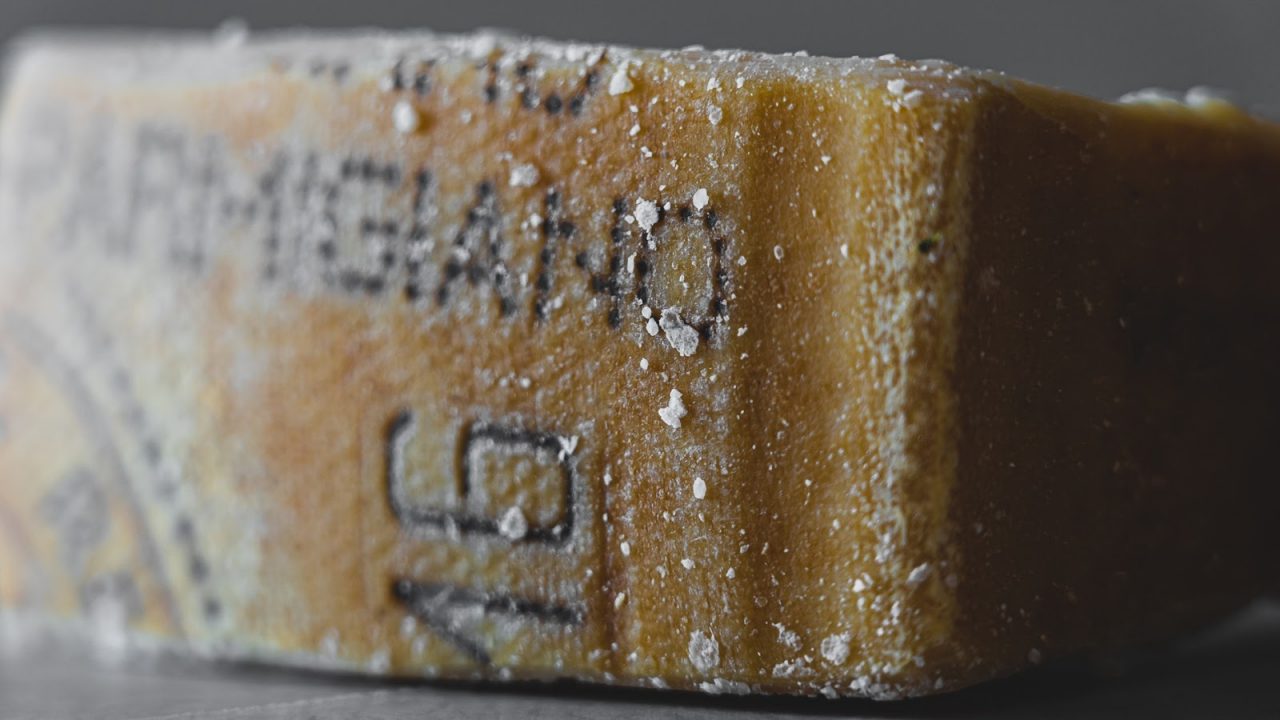Lactic Acid in Food
You’ll often see lactic acid as an ingredient in a lot of food products. It acts to reduce pH, enhance flavor, and/or inhibit the growth of bad bacteria to preserve food. Lactic acid in food can be a natural presence, as a by-product of fermentation, or man-made and used as a food additive.
Read on to learn more about lactic acid in food.

Where Does Lactic Acid Come From?
Lactic acid in food is either produced naturally, through fermentation or added as a preservative and flavor enhancer.
During fermentation, lactic acid bacteria convert carbohydrates into acids, which alter the food’s flavor, improve its nutritional quality, and prolong its shelf-life.

As a by-product of fermentation, lactic acid is present in beer, wine, pickled vegetables, kimchi, sauerkraut, sourdough bread, fermented dairy products like yogurt, fermented meat like salami, and fermented soy foods, such as miso and soy sauce.
As an additive in packaged food products, lactic acid is derived through the fermentation of carbohydrates or through chemical synthesis. You’ll see lactic acid listed as an ingredient in cheese, frozen desserts, jams, spreads, salad dressings, and carbonated fruit drinks.
Whether naturally produced or man-made and used as a food additive, the use of lactic acid has become a necessary and practical method of food preservation.

Benefits of Lactic Acid in Food
The beneficial effects of fermented foods, which have been recognized since the 19th century, are mostly due to the presence of lactic acid bacteria. Among the potential health and nutritional benefits of lactic acid in food, those that have been the subject of many studies include the role of lactic acid in improving food’s nutritional value; controlling intestinal infections; improving lactose digestion; controlling cholesterol levels; and controlling some types of cancer.
Modern science has been constantly uncovering the clear and calculable benefits to human health of lactic acid in food. When it is produced through fermentation, it enhances the micronutrient profile of the fermented food.
For example, fermented dairy products deliver higher levels of folic acid, B vitamins, riboflavin, and biotin, compared to raw milk and pasteurized milk. The kinds of vitamins that are made available in increased levels depend on the strain of lactic acid bacteria present.
In fermented fruits, vegetables, grains, and legumes, lactic acid increases the bioavailability of certain amino acids; increased bioavailability means that more of the substances are absorbed by the body. Kimchi, sauerkraut, and other fermented vegetables have increased levels of vitamins A and C.

Fermented grains, in particular, the bioavailability of protein is increased when they are fermented after sprouting. Additionally, the lactic acid decreases the activity of phytic acid, which is naturally present in grains. Phytic acid is known as an antinutrient – it prevents the gut from fully absorbing the minerals from grains. With reduced phytic acid content in fermented grains, the body is able to absorb more minerals.
As a type of friendly bacteria, lactic acid supports overall gut health and improves immune health.
As an additive, lactic acid inhibits food spoilage by controlling the growth of bad bacteria; it also controls the acidity in certain foods and alters their flavors, either adding tartness or balancing flavors. When added to cut fruits and vegetables, lactic acid prevents discoloration. Compared to artificial preservatives, lactic acid is relatively safe; as an additive, however, it does not convey the same health benefits as naturally produced lactic acid in fermented foods.
Lactic Acid in Food – Final Thoughts
The health benefits of fermented foods have long been studied and established, and these benefits are mostly derived from the lactic acid that is naturally produced through the fermentation process.
Adding fermented foods to your diet will benefit your gut health and immune health; it will also improve your body’s absorption of certain nutrients.
As an additive used in preserving foods and altering flavors, lactic acid is a safe option; however, it does not confer the same benefits as naturally occurring lactic acid in fermented foods.


